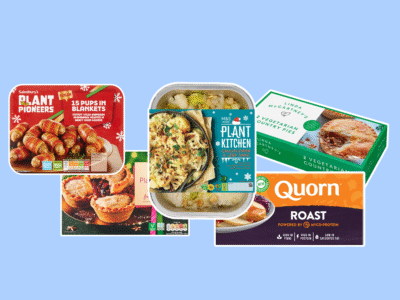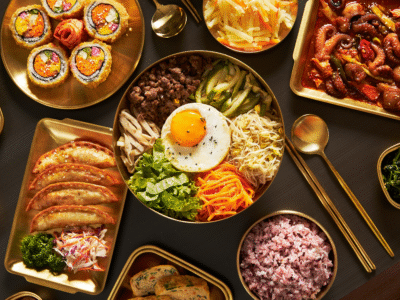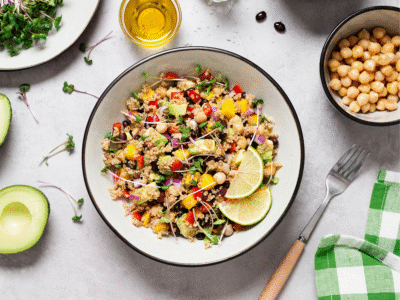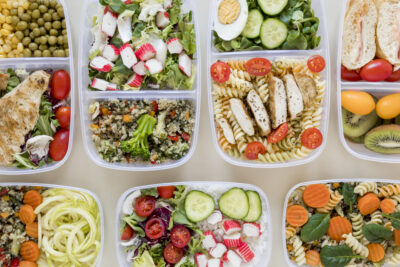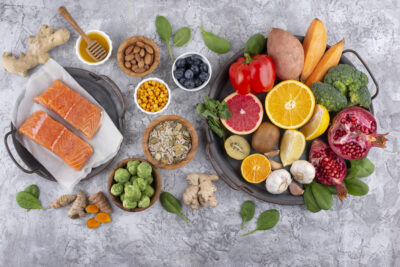Giving in to unhealthy cravings could be negatively impacting your health. We spoke to experts to find out how to navigate these tendencies.
We’ve all been there: it’s the end of a long workday, you’ve just got home, it’s been dark since 3pm and it feels like you’ll never be cheerful again.
All you want is a big bowl of cheesy pasta or a slice of chocolate cake to take the edge off. While indulging like this occasionally is perfectly fine — and sometimes even needed — making a habit of it can negatively affect our bodies and minds.
With the help of some experts, we explore the reasons behind these cravings and how to achieve a more balanced approach to nutrition in the winter months — one that still allows us the occasional treat.
Why do we crave comfort food in colder weather?
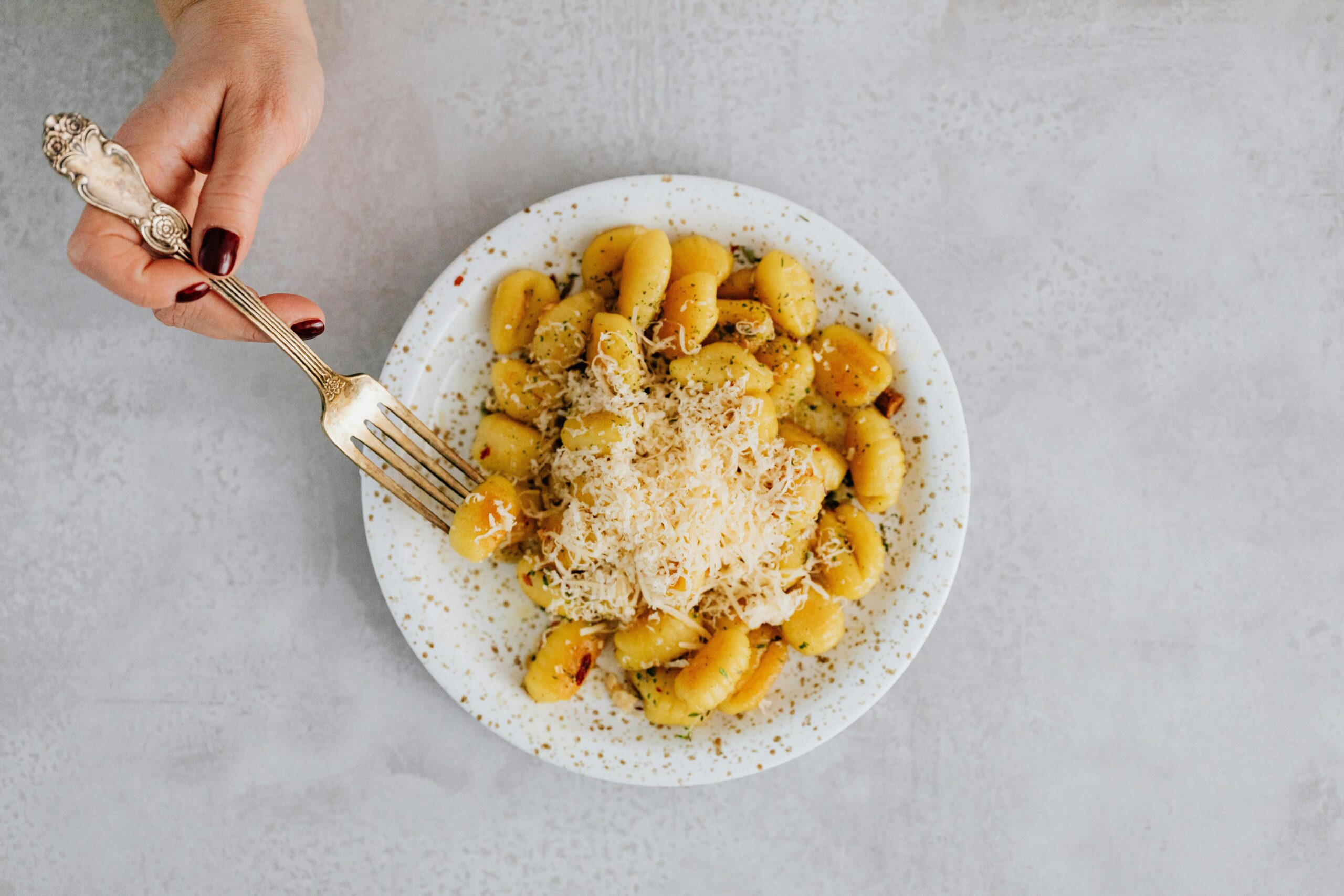
According to Sam Cutler, Harvard-trained nutrition health coach and founder of health coaching programme MINDFULL, our bodies crave high-sugar and carb-rich foods due to a mix of biological and psychological factors.
One key factor is rooted in the survival instincts we developed through evolution.
“Energy-dense foods like carbs and sugars generate warmth and provide quick, accessible energy,” Sam explains.
In times when a scarcity of food was more common in winter, there was a need for us to eat food from which we could store energy in the form of fat.
Sonia Khan, senior pharmacist and gut health specialist at FeelGut, notes that: “In the darker months, lower light exposure can lead to reduced serotonin levels, even contributing to feelings of sadness and depression.”
Since carbohydrate-rich foods can stimulate the release of dopamine (the brain’s feel-good chemical), this can temporarily boost serotonin levels, so people naturally gravitate toward foods like pastries, pasta and sweets for a quick mood lift.
Sonia points out that this tendency becomes especially pronounced for those dealing with seasonal affective disorder (SAD), a type of depression that recurs during the winter months when daylight hours are shorter.
Despite the initial mood boost, overindulging in these foods can actually worsen SAD symptoms, negatively impacting not only those who suffer from the condition, but anyone’s overall wellbeing.
What impact does comfort food have on the body?
Eating these foods (in excess) can lead to weight gain, especially if your physical activity decreases during winter. Sonia stresses: “This can create a negative feedback loop, where weight gain exacerbates low mood and low self-esteem, leading to more cravings.”
Frequently indulging in carb-heavy, sugary and rich comfort food can also cause blood sugar spikes, leading to “rapid energy crashes and potential insulin resistance over time” explains Sam.
Not only does this increase the risk of developing type 2 diabetes, but it can also result in feelings of tiredness, irritability and increased cravings, creating a cycle of dependency on quick fixes that further contribute to energy instability.
Read more: This is what you should be eating at each stage of your menstrual cycle

Regularly eating processed carbs and sugary foods can also increase inflammation in the body, which may contribute to conditions like joint pain, skin problems or digestive issues. And to compound this, Sam explains: “Heavier, fatty meals slow digestion further, causing bloating, heartburn and discomfort.”
While these foods may initially boost serotonin — providing the feeling of comfort we’ve been craving — the subsequent crashes that follow can lead to mood swings, fatigue and instability.
As well as worsening our moods, consuming a disproportionate quantity of nutrient-poor foods might prevent you from reaching for healthier options instead. “This can lead to deficiencies in essential vitamins, minerals and fibre,” warns Sam.
And for those suffering with SAD, this can further exacerbate depressive symptoms, as inflammation in the body is increasingly linked to mood disorders.
How to curb food cravings
To manage cravings, Sam suggests practicing mindful eating. Here, she suggests some strategies to help you stay in control.
- Eat balanced meals: Aim for meals that are rich in protein, healthy fats, fibre and complex carbohydrates to keep you fuller for longer and stabilise your blood sugar.
- Stay hydrated: Drink water regularly, as thirst is often mistaken for hunger.
- Savour your treats: Allow yourself a small portion of your cravings and eat slowly to fully enjoy the experience without overindulging.
- Address emotional triggers: Identify stress, boredom or emotional triggers that drive cravings. Consider stress-relief practices like meditation or journaling.
- Prioritise sleep: Aim for quality sleep to help regulate hunger hormones, reducing cravings for high-sugar and high-carb foods.
Managing these cravings doesn’t mean depriving yourself. Sam suggests learning how to tune into your hunger cues: “Practice eating when hungry, stopping when full and reflecting on how certain foods make you feel.”
How to satisfy your hunger
Read more: Can this superfood help cure digestive issues, improve skin and benefit your overall health
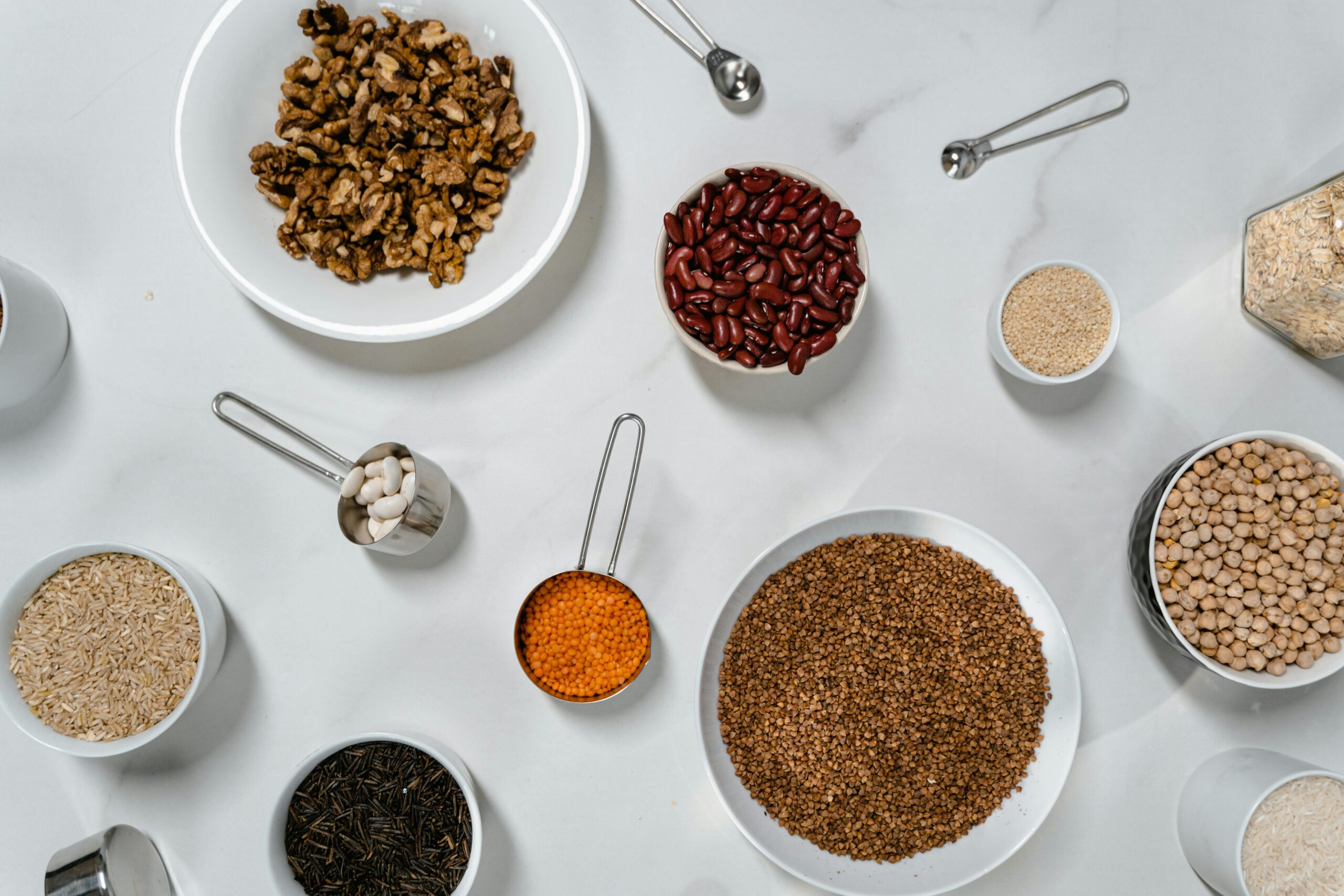
Don’t forget that it’s OK to need a bit of comfort on a cold winter night! Sam offers her top tips for satisfying the cravings while staying healthy.
- Upgrade classic comfort foods by embracing complex carbohydrates and healthier fats — go for whole grains like quinoa, brown rice and oats for the stable energy release they offer. Swap processed sugar desserts for natural sweeteners.
- Enjoy foods with fibre-rich vegetables or lean proteins to stay full and energised, and lean meats, fish, eggs, legumes and Greek yoghurt to help keep you fuller longer.
- Incorporate warming spices like cinnamon, ginger and turmeric for added comfort and anti-inflammatory benefits.
- Don’t restrict yourself! Savour wholesome foods without guilt, allowing yourself to enjoy the experience fully.
For those with SAD, maintaining adequate vitamin D levels is essential. Consider vitamin D supplements and foods rich in vitamin D, such as fatty fish, eggs and fortified dairy products.
Sam’s favourite food swaps
- Swap pasta for courgette noodles or spaghetti squash
- Use cauliflower mash instead of mashed potatoes
- Replace heavy cream in soups with coconut milk or blended cashews
- Choose dark chocolate over milk chocolate
- Try baked sweet potato fries instead of regular fries
- Swap refined flour for gluten-free, almond or oat flour in baked goods
- Choose hearty grain bowls over creamy pasta dishes


